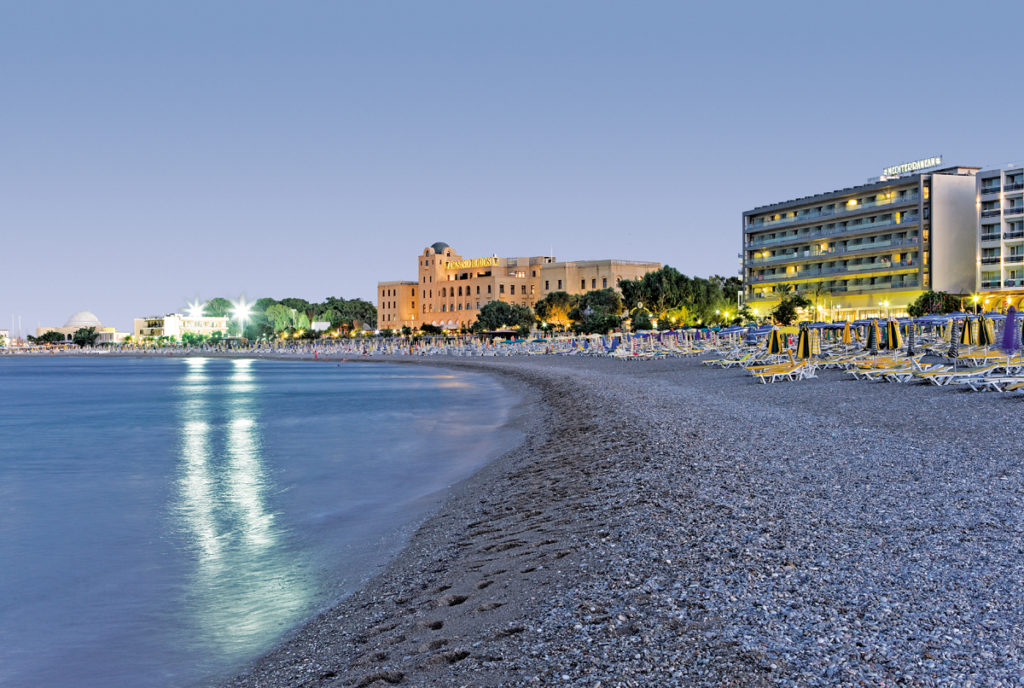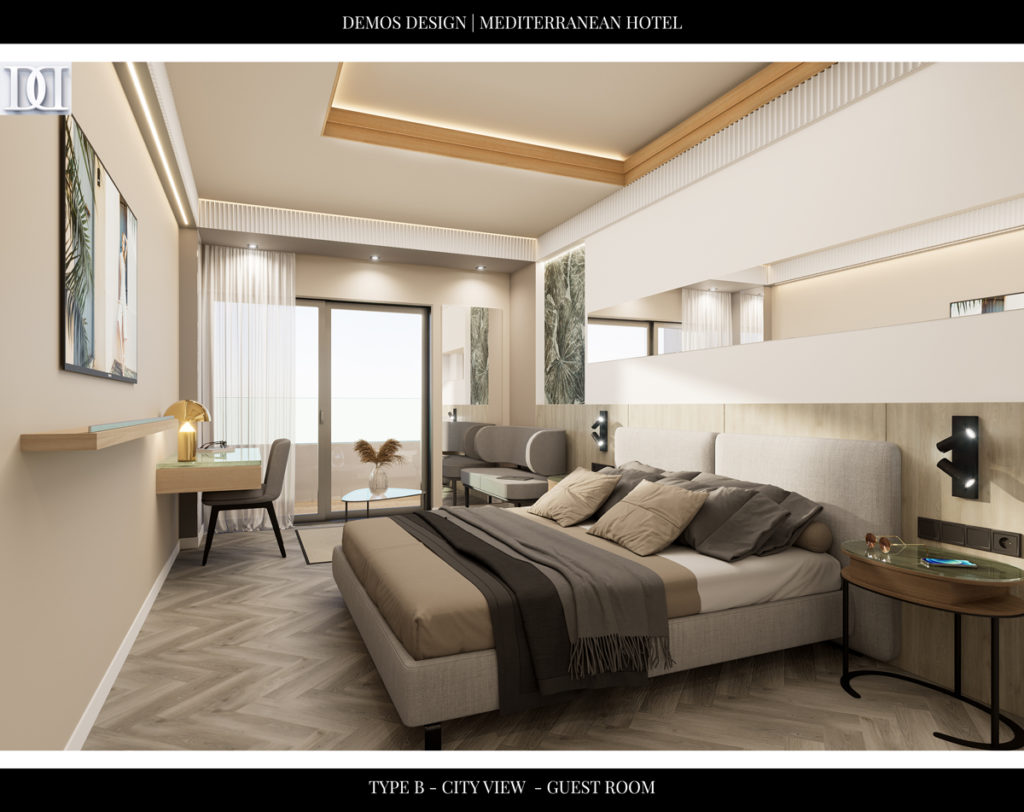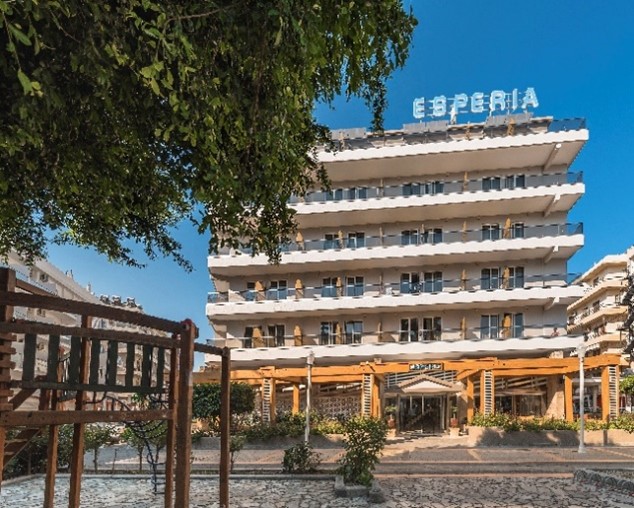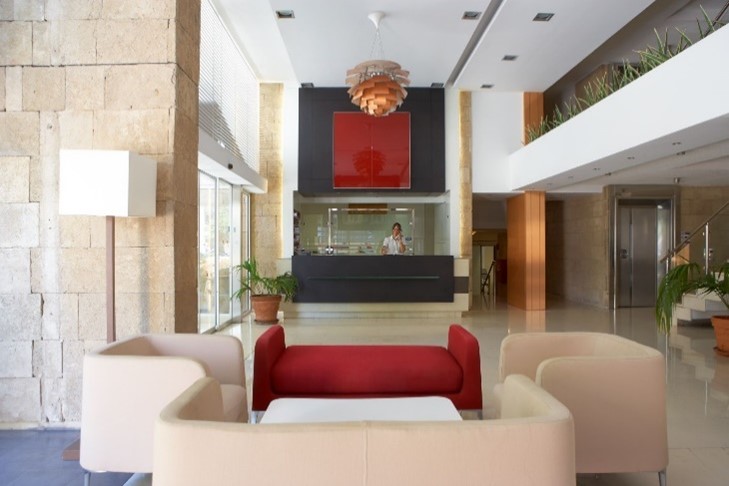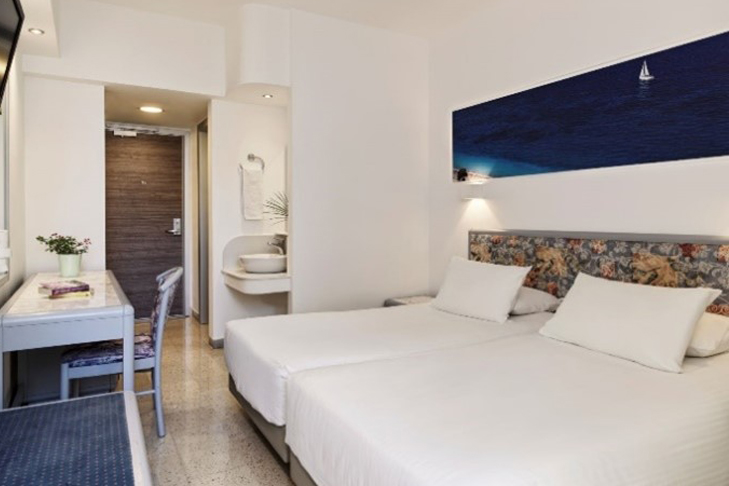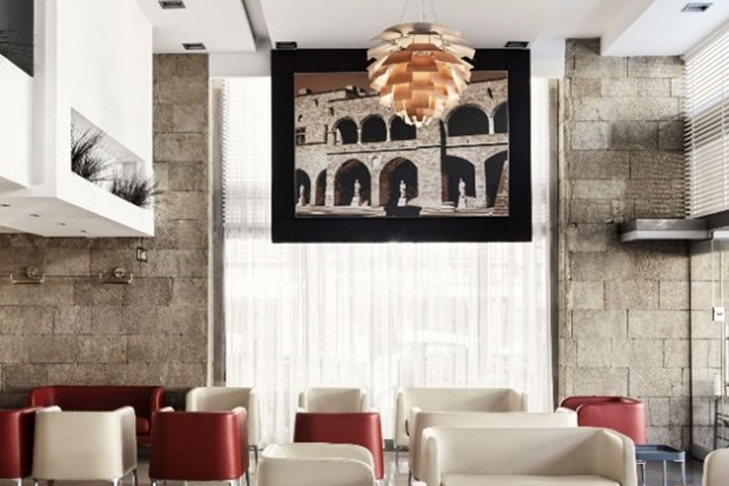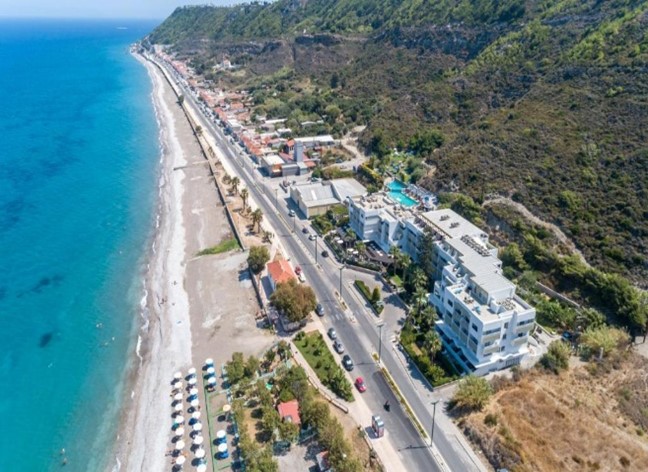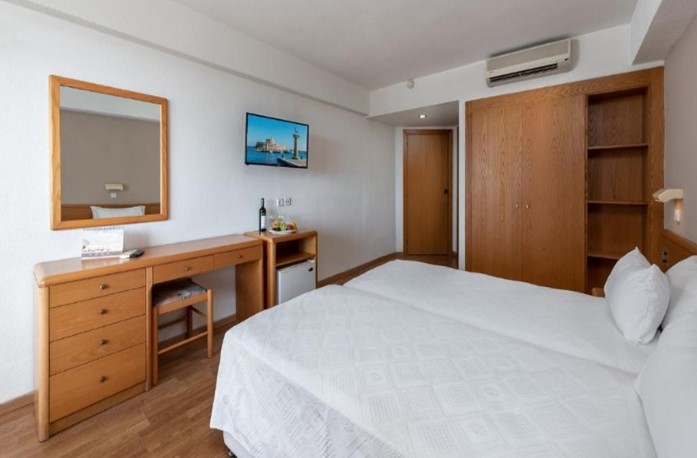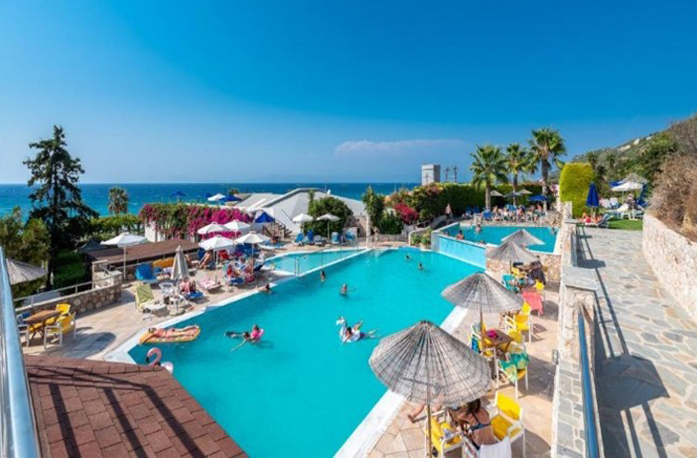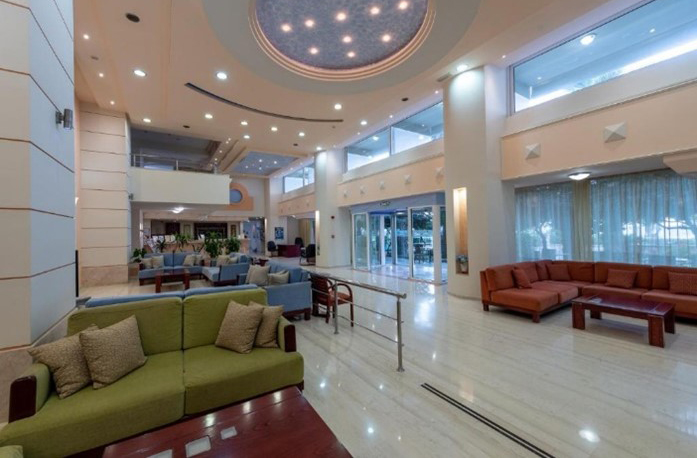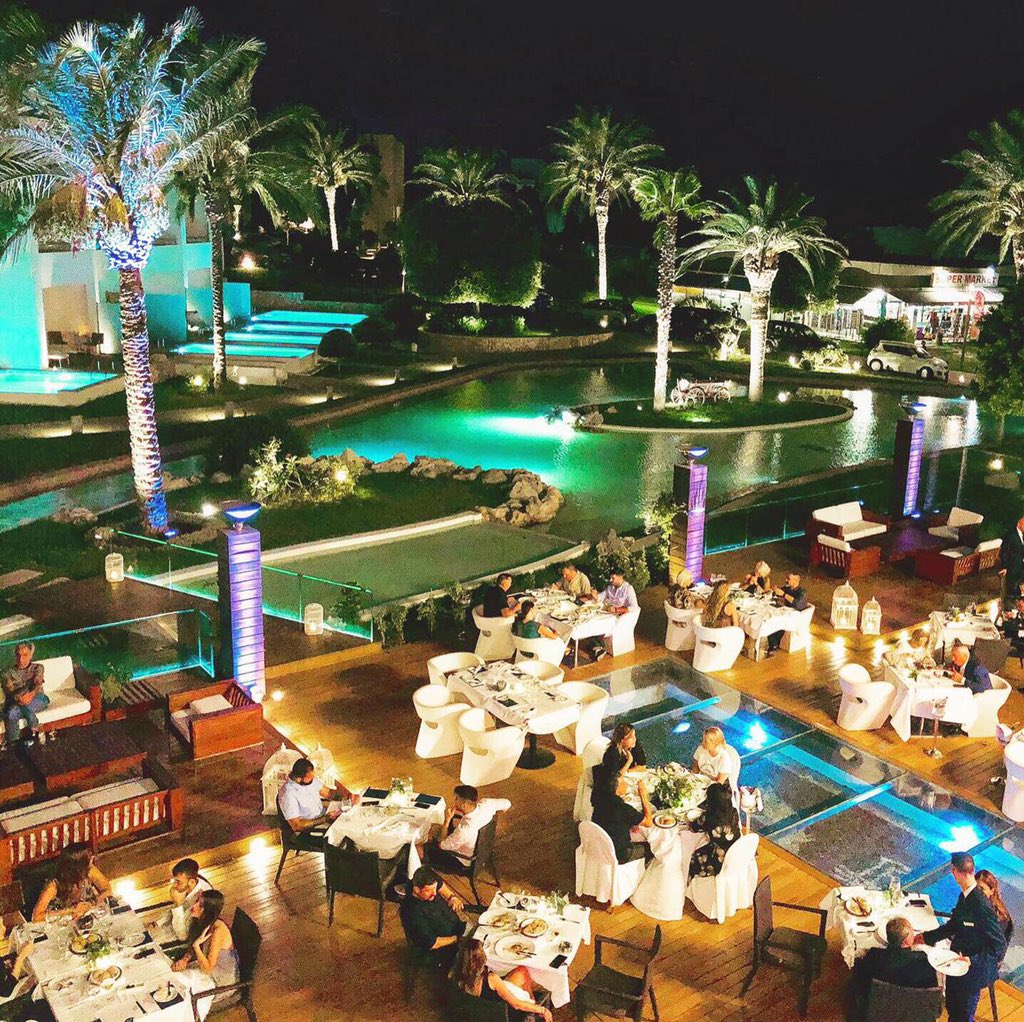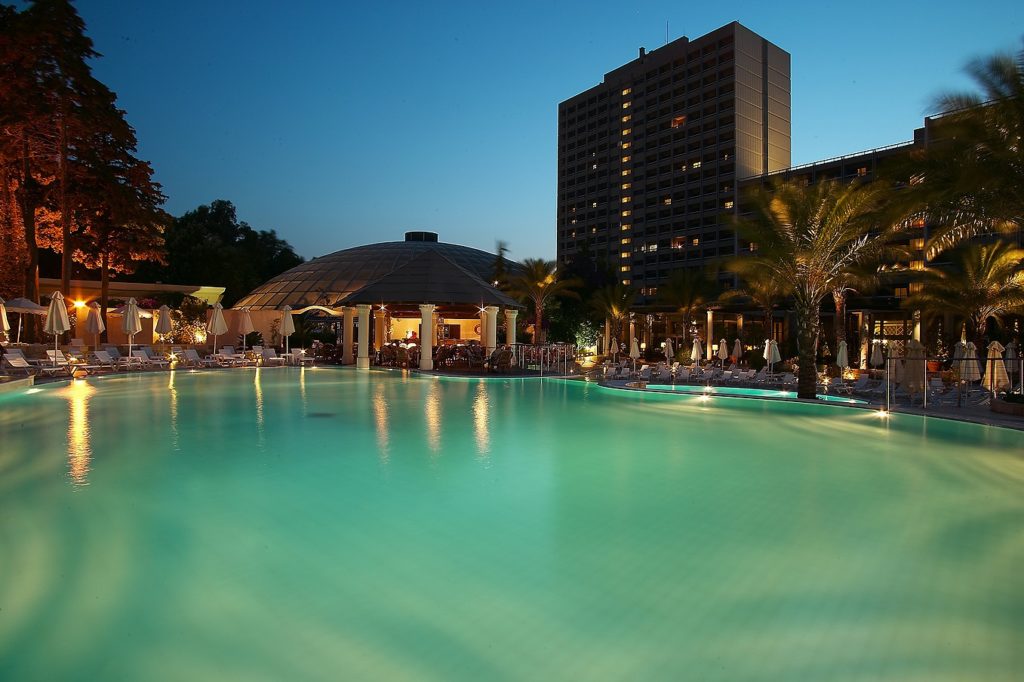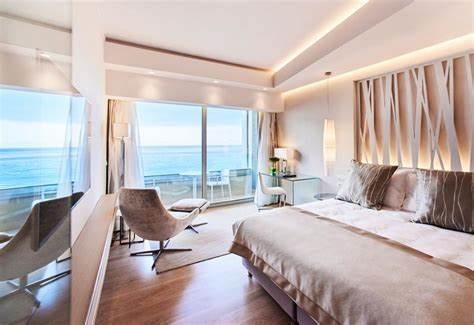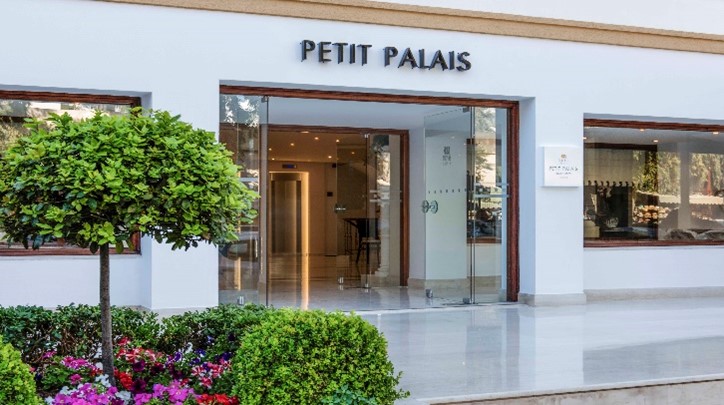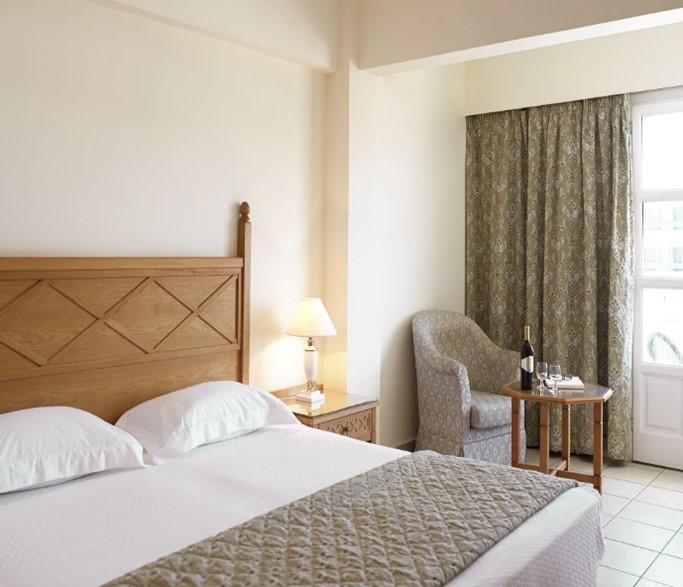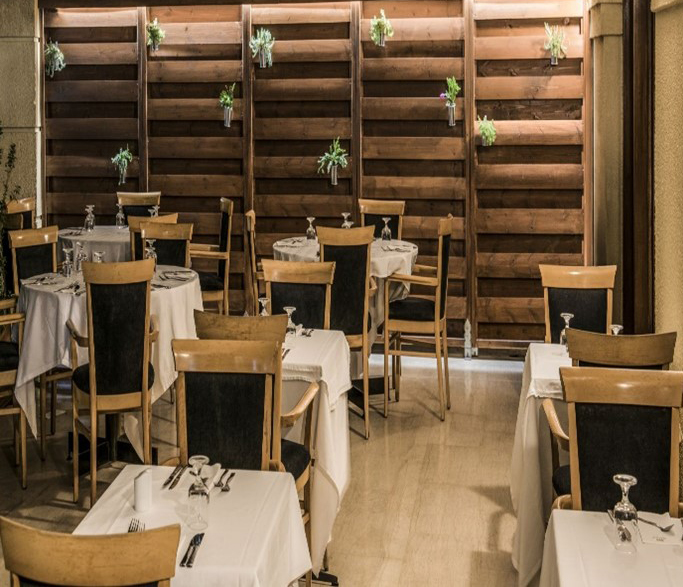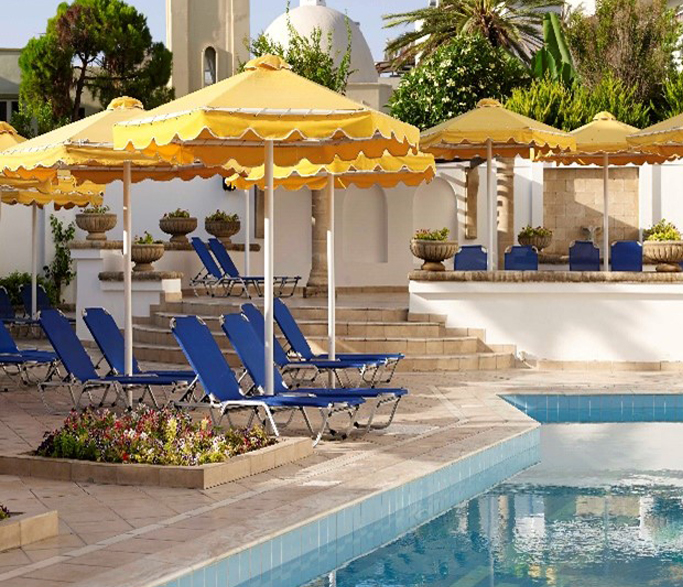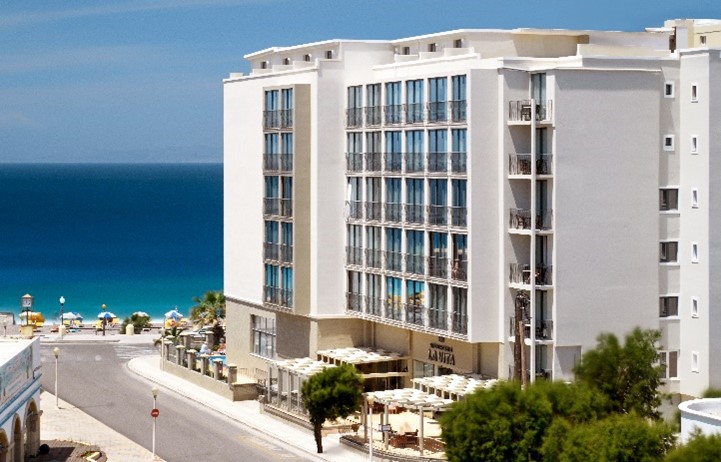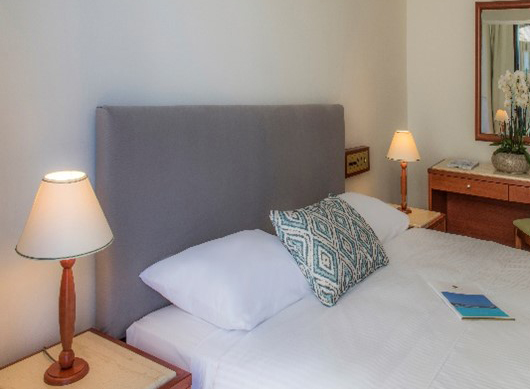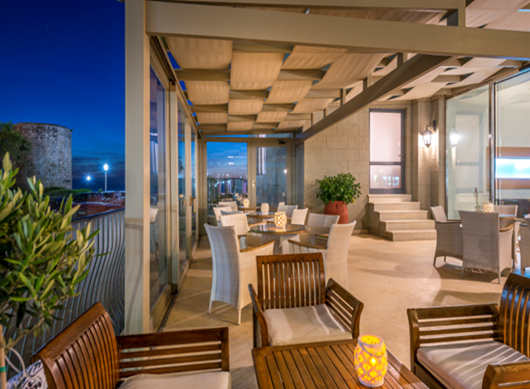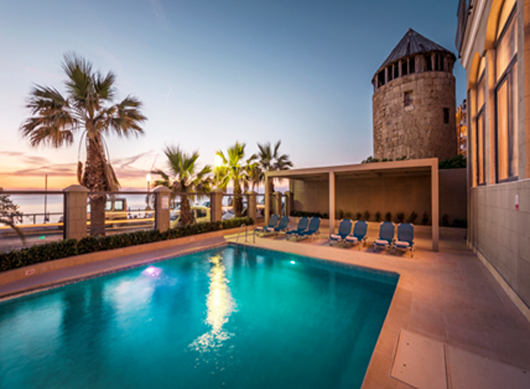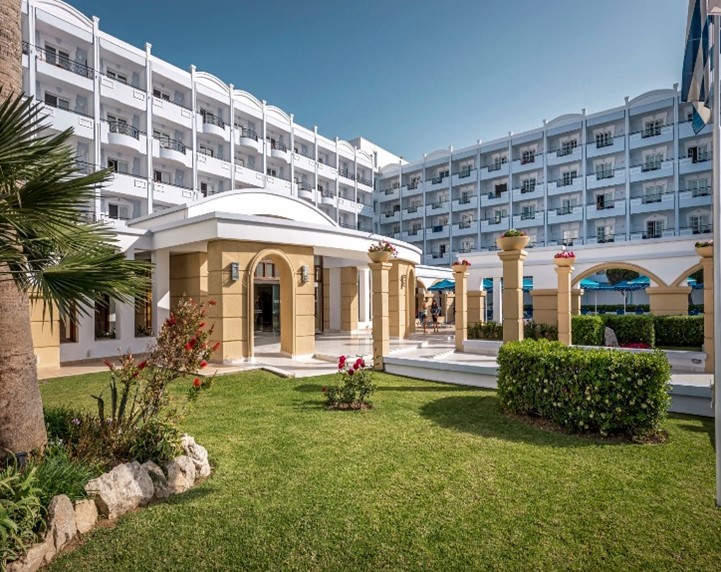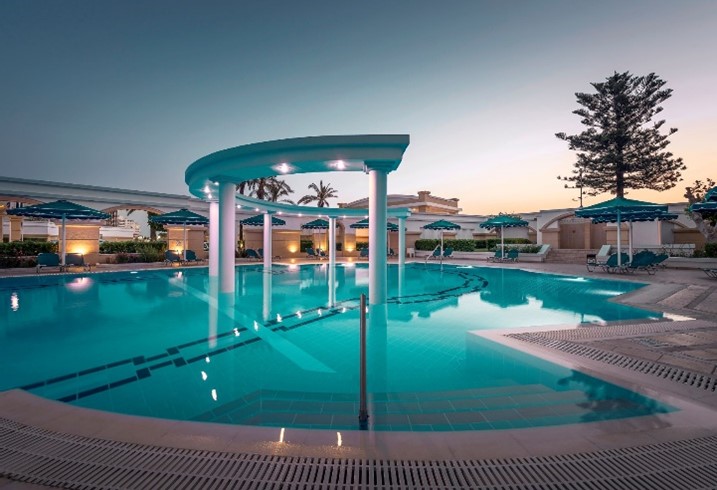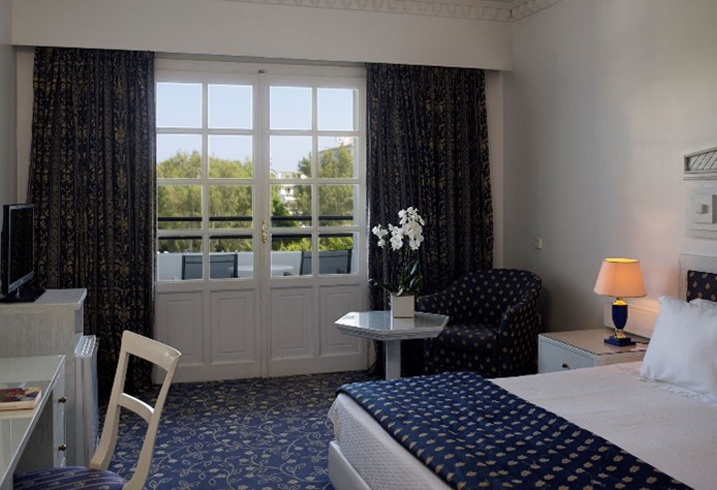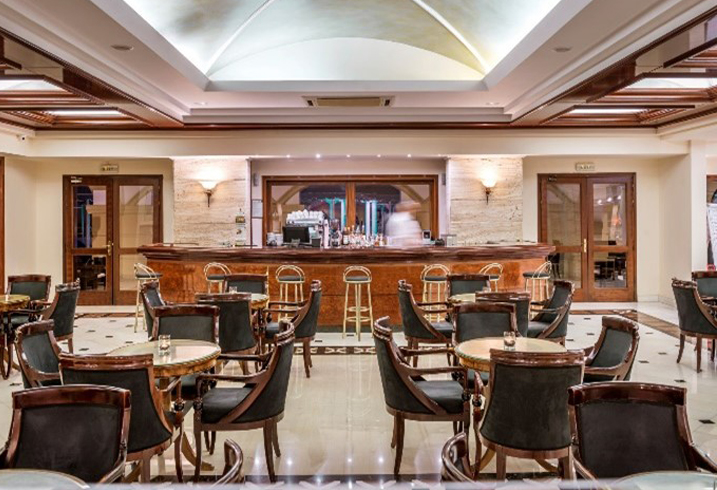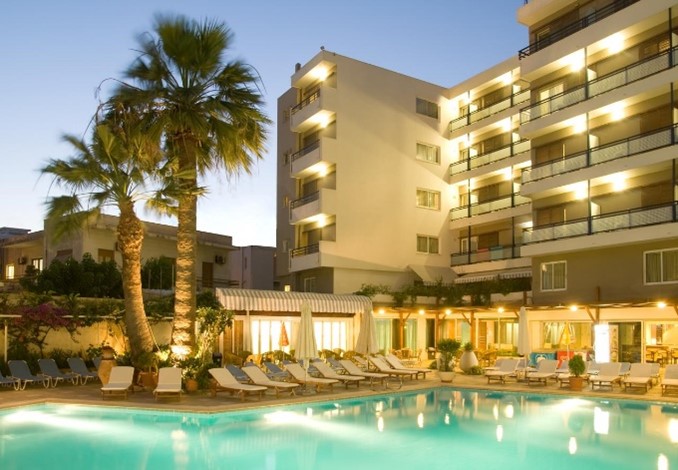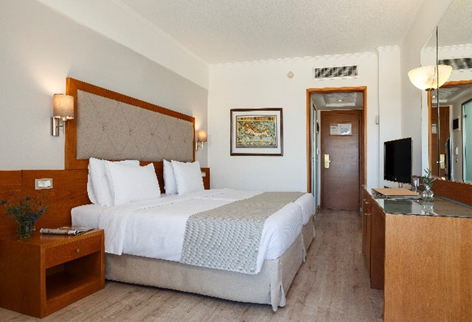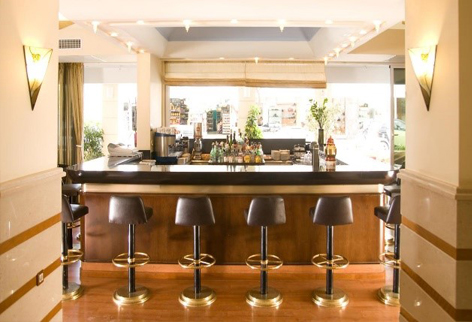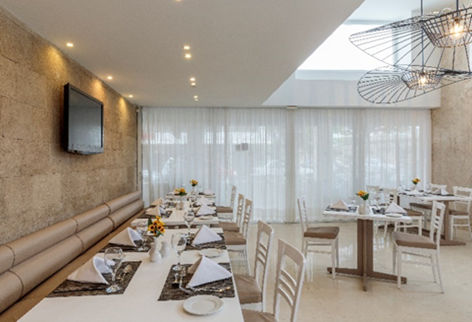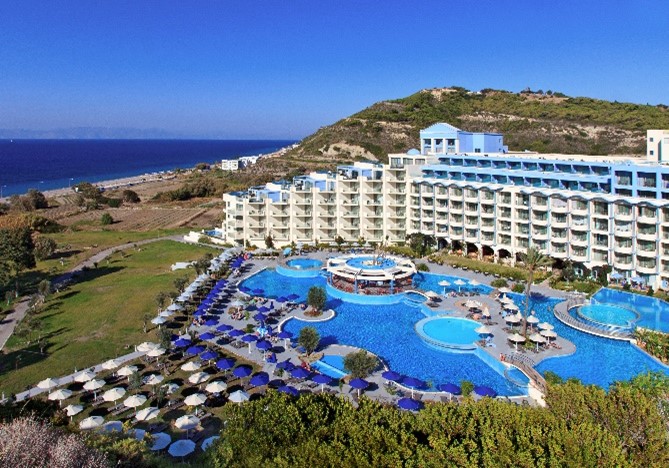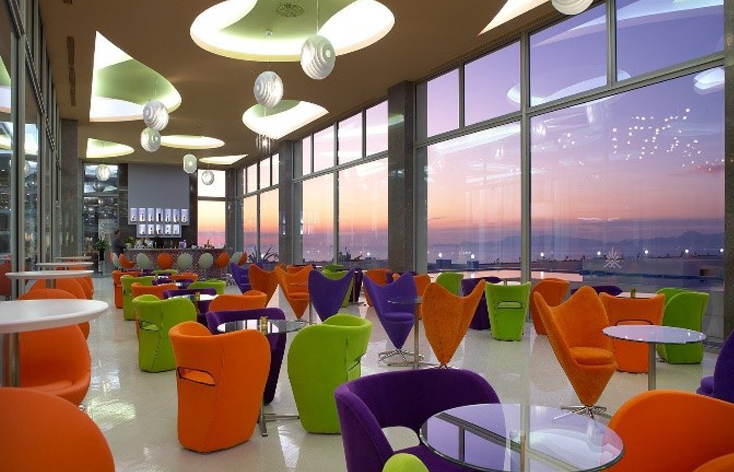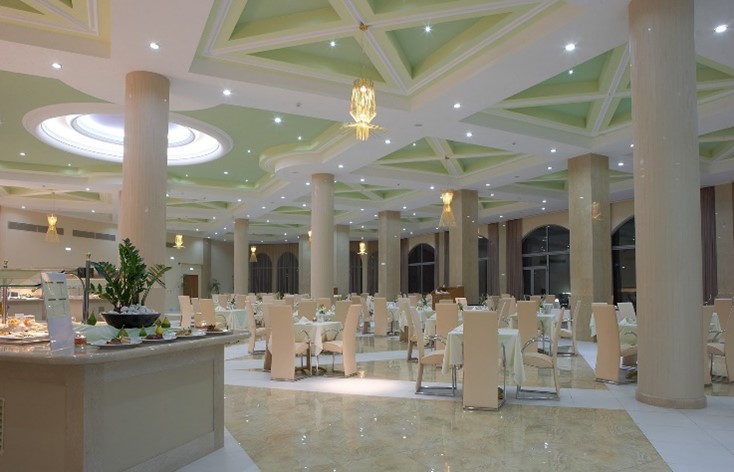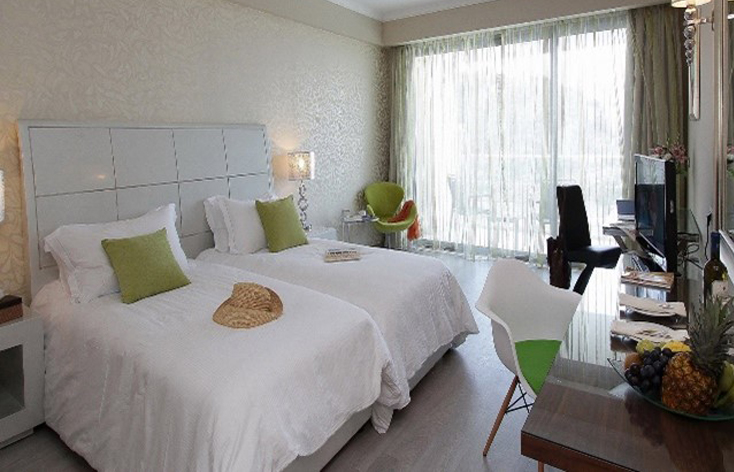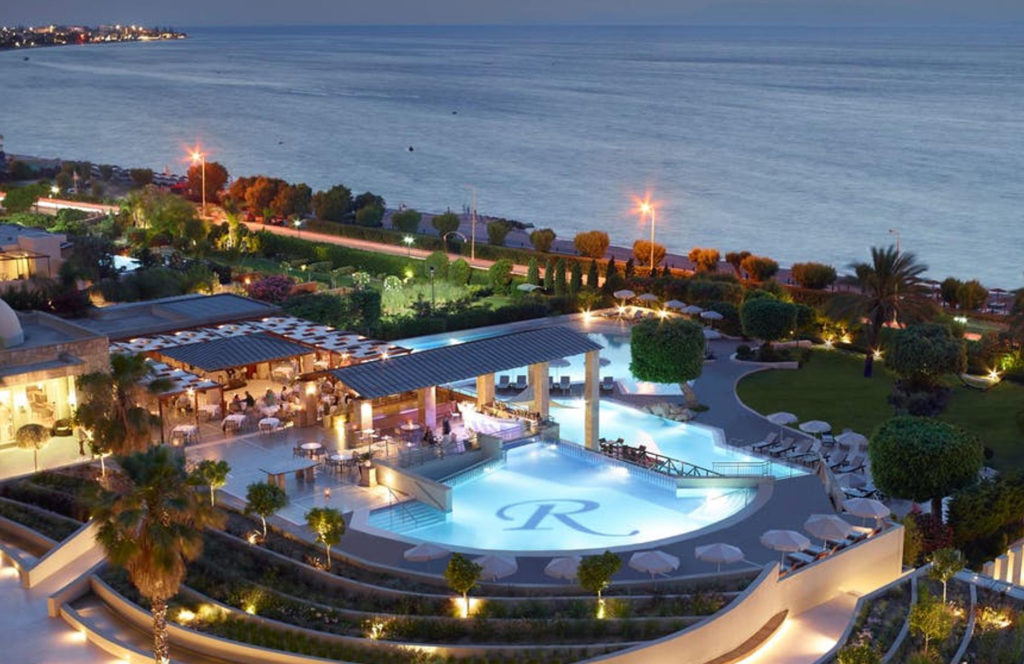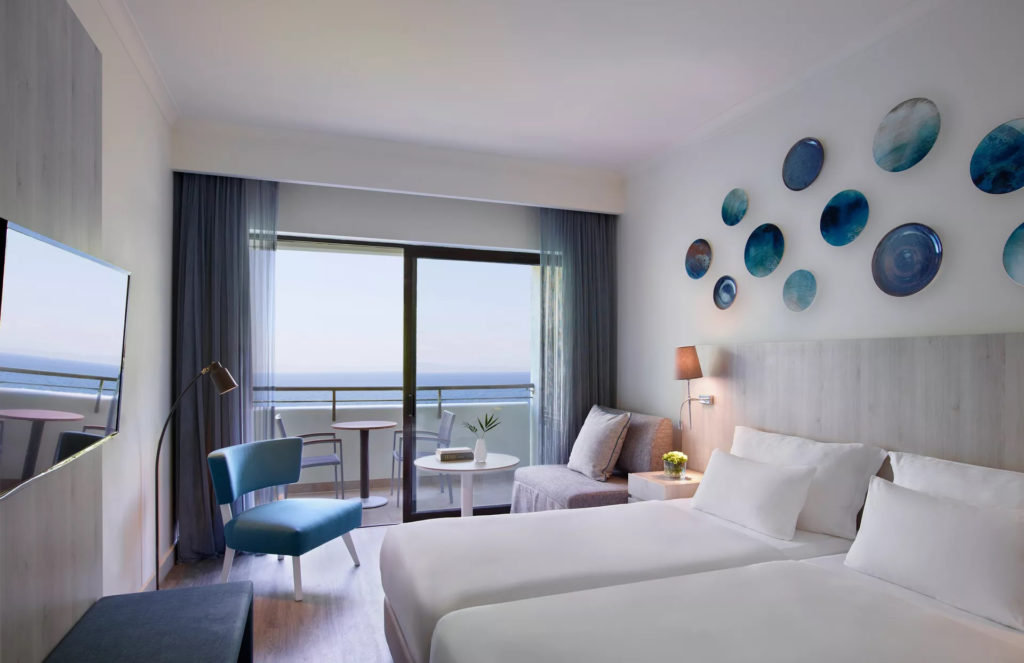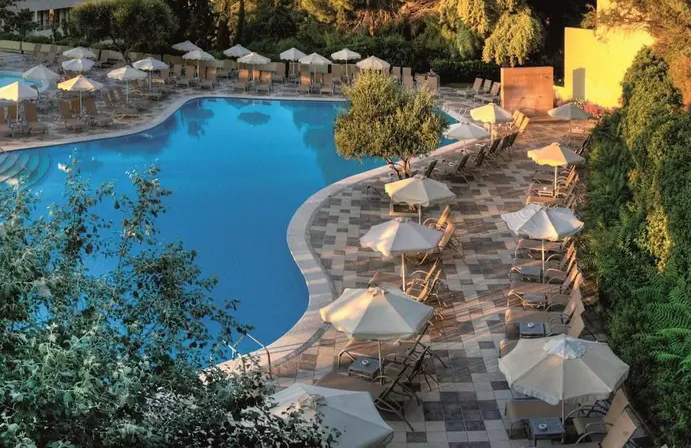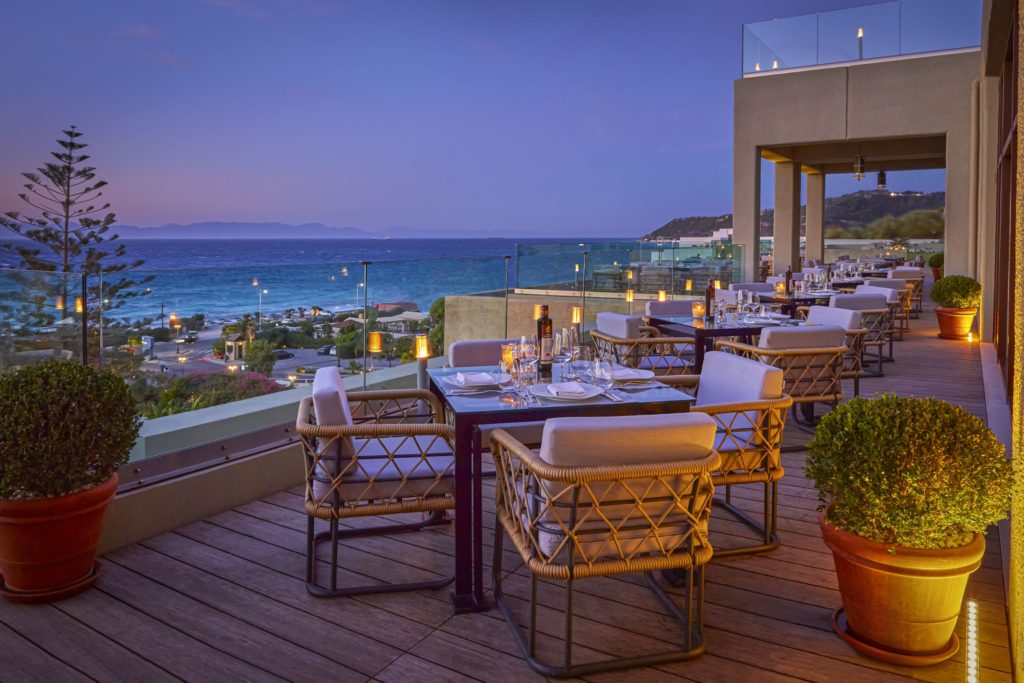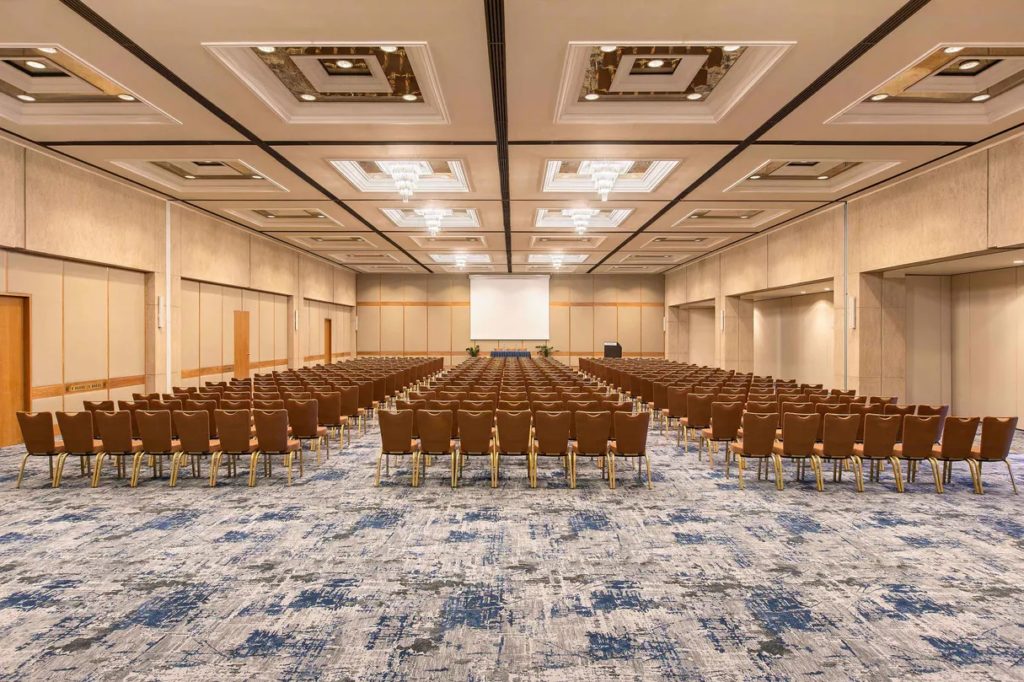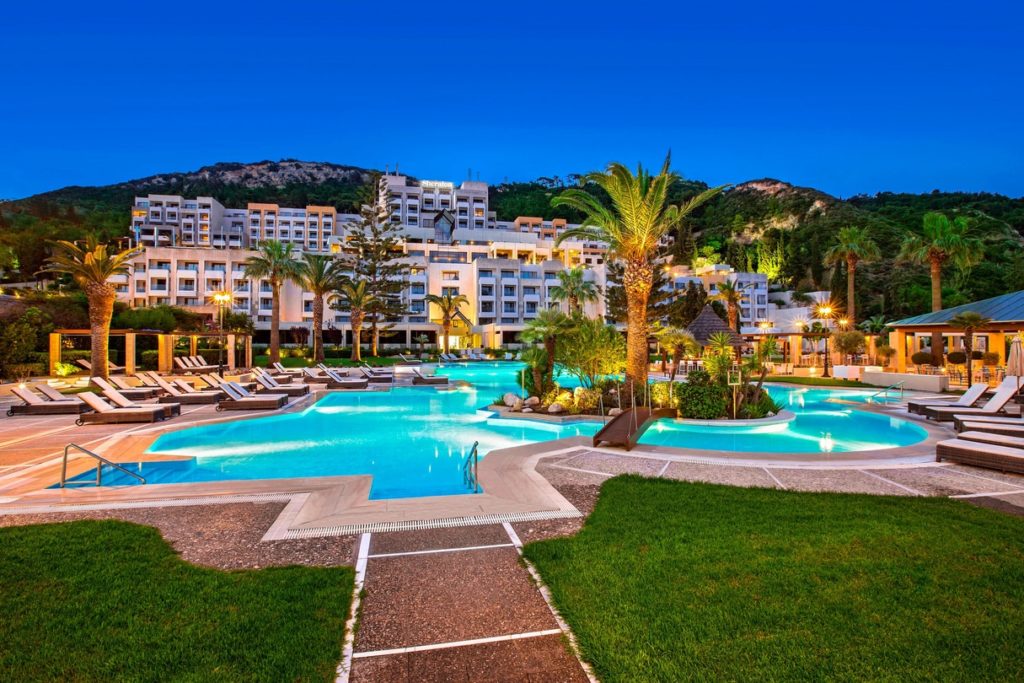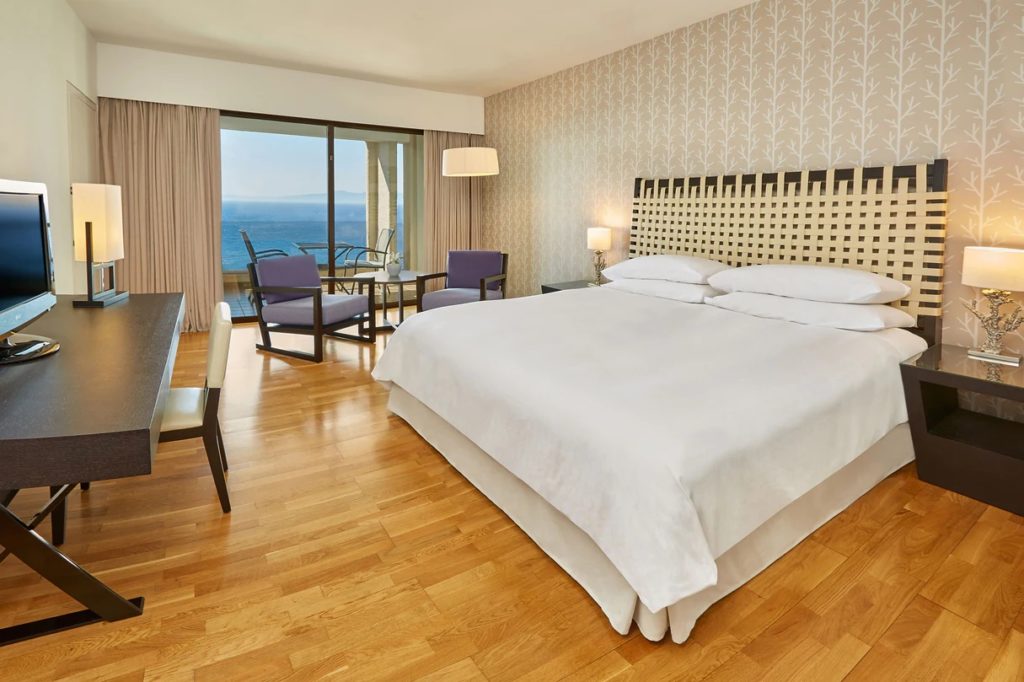Rhodes today

The modern city of Rhodes is inhabited by a permanent population of approximately eighty thousand inhabitants. It is the economic and cultural hub of the southeastern Aegean, with a rich historical past and even more dynamic present and future.
The brilliant sun, the crystal-clear beaches, its natural wealth, the historical, architectural and religious sights, its traditional tastes and contemporary aromas, the various cultural, sports and art events, but also the warm hospitality of the residents, rank Rhodes among the most popular Mediterranean resorts.
For nature lovers, Rhodes is an ideal destination with high mountains, dense forests, caves, rivers and stunning landscapes.
Today the Old Town is one of the best preserved fortified medieval towns; time seems to have stopped in the middle ages, and the atmosphere is shrouded in the haze of its knightly past. Among the imposing chivalric buildings, the walls with the trench, the Gothic towers, the byzantine churches and the mosques, the squares and the cobblestone streets, the Medieval Town invites you to explore it.
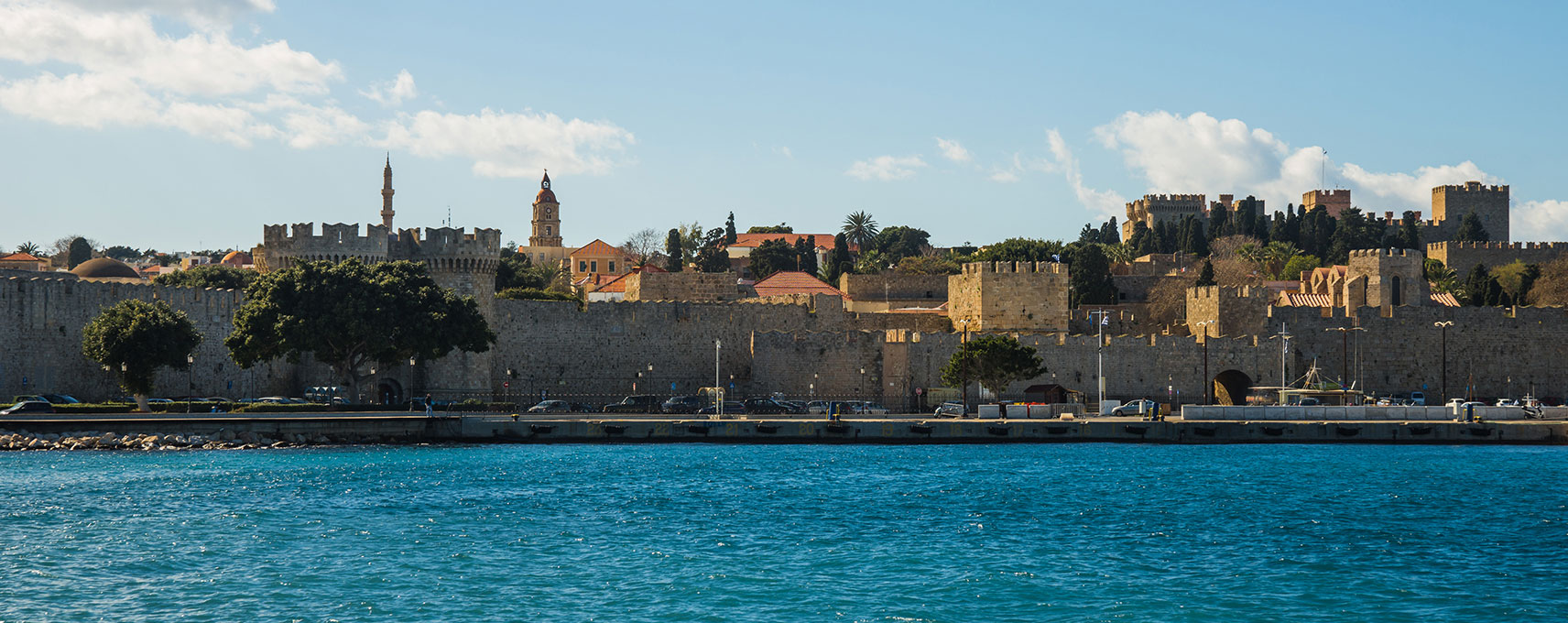
Inside the magic of the Medieval Town walls, you will find the Palace of the Grand Masters, the Archaeological museum and the Jewish museum. Alongside the Mustafa Pasha Mosque is the 455 year old Turkish Bath. (Great Hammam). It is one of the historical buildings restored by the Archaeological Foundation of Rhodes. The bath is built on behalf of Sultan Suleyman the Magnificent.
Countless festivals are held from spring till autumn, covering a wide range of themes, from classical music and ancient drama to art exhibitions, book presentations and contemporary dance and film shows. In early June at the annual Medieval Festival, a three day re-enactment of what the Old Town was like during the era of the Knights Hospitallers, offers an insight of a bygone age brought to life before your eyes.
Outside the city walls lies the new town, with some really impressive buildings dating to the period of Italian Rule on the island, such as the South Aegean Region’s Office (bearing a strong resemblance to the Doge’s Palace in Venice), the Post Office, the Town Hall, the National Theatre, and the Church of the Annunciation.
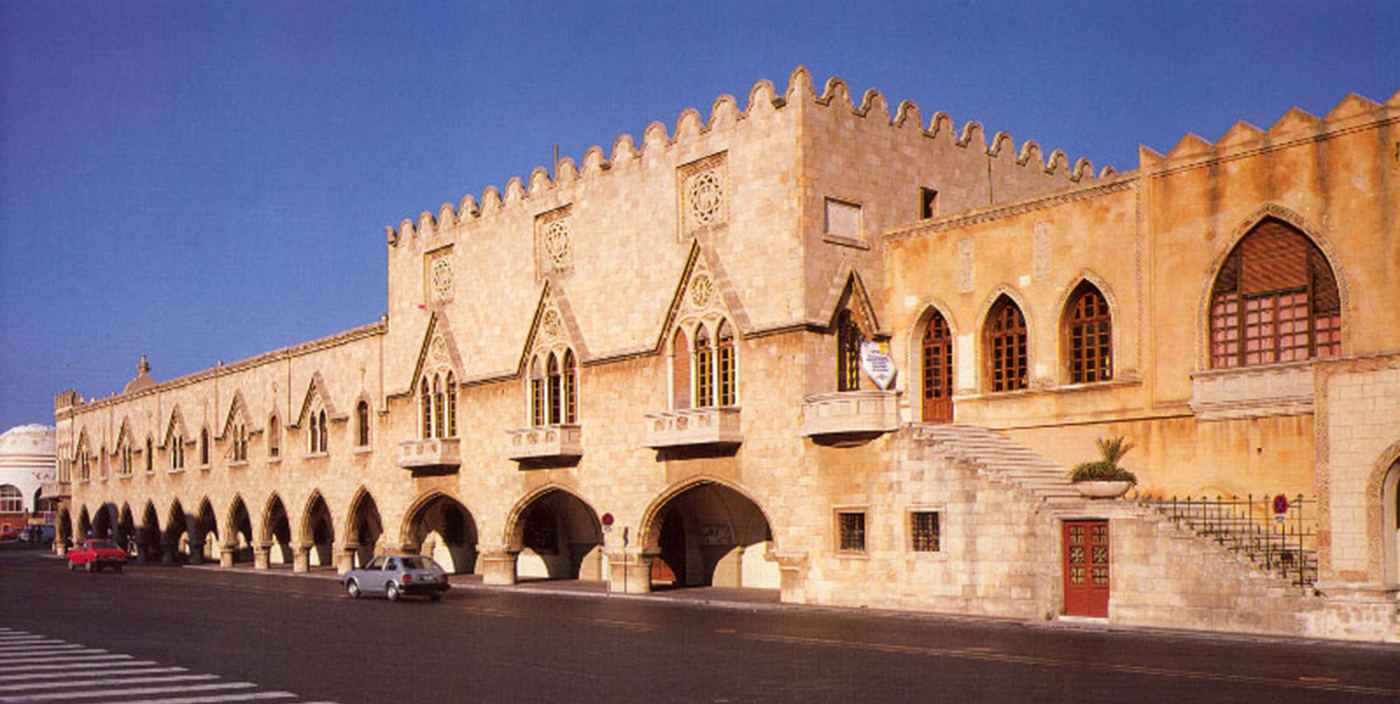
Mandraki is the main harbour of Rhodes where, as mentioned in the old ages, stood the Colossus of Rhodes. Today, the statues of two deers named ‘’Elefos’’ and ‘’Elafina’’ stand where once stood the feet of the colossus. The nearby marina, the Windmills, and St. Nicholas’ Lighthouse are “must” places to visit.
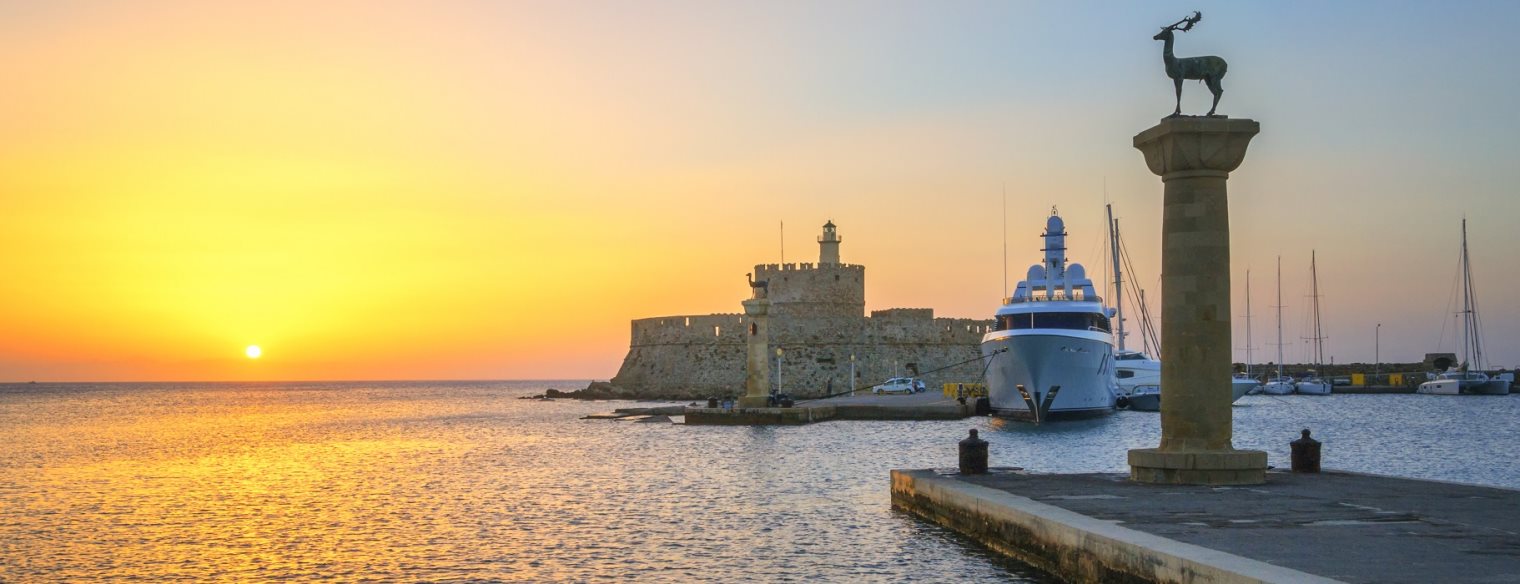
At the city’s northernmost tip lies the Aquarium; the interior has been shaped like an underwater cave and you’ll see marine species endemic to the Aegean Sea.
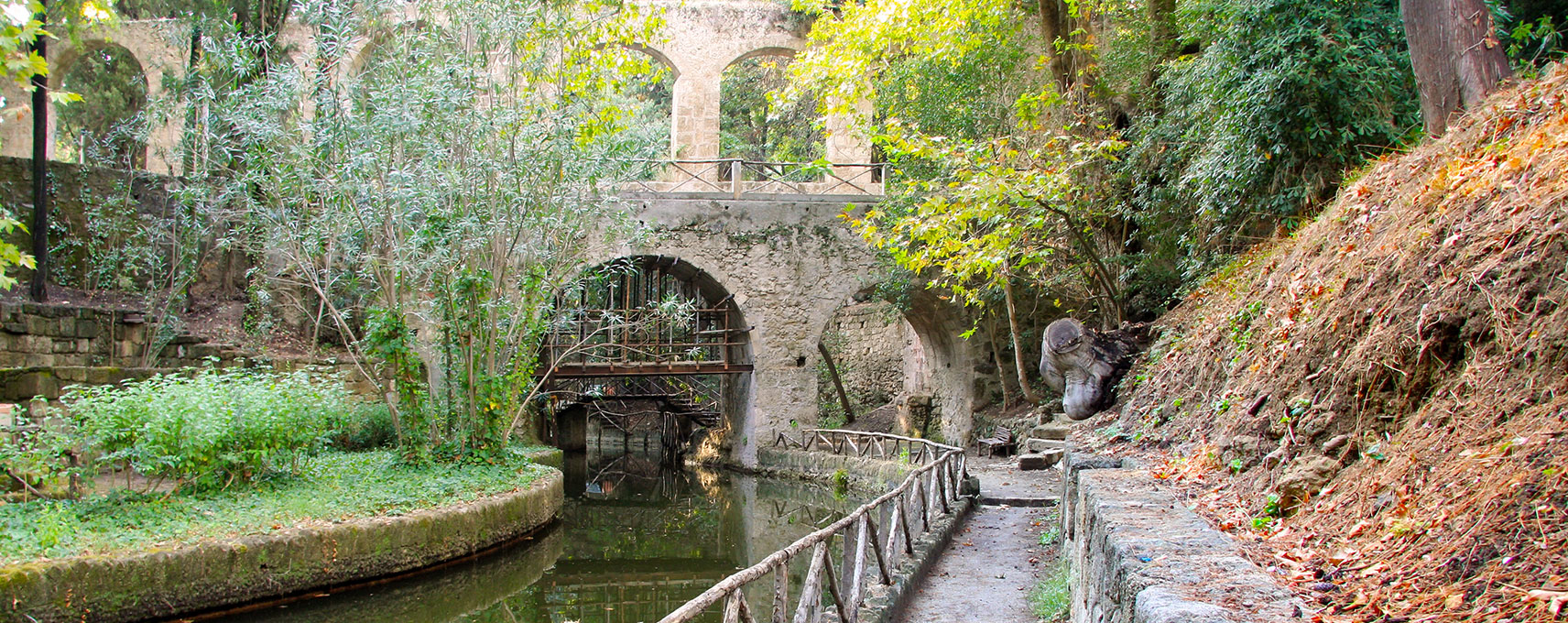
In the south side of the town, Rodini is an amazing park where peacocks live; stroll along the paths where past pine & cypress trees wind their way, and streams. Rodini is reputed to have been the location of the ancient School of Rhetoric of Rhodes, where renowned personalities received their education, such as Julius Caesar and Cicero.
A walk around the majestic ancient Acropolis of Rhodes on the hill of Monte Smith, overlooking the sea and the beautifully restored Hellenistic Stadium of Diagoras and the Temple of Pythian Apollo are both stunning and worth a visit.


